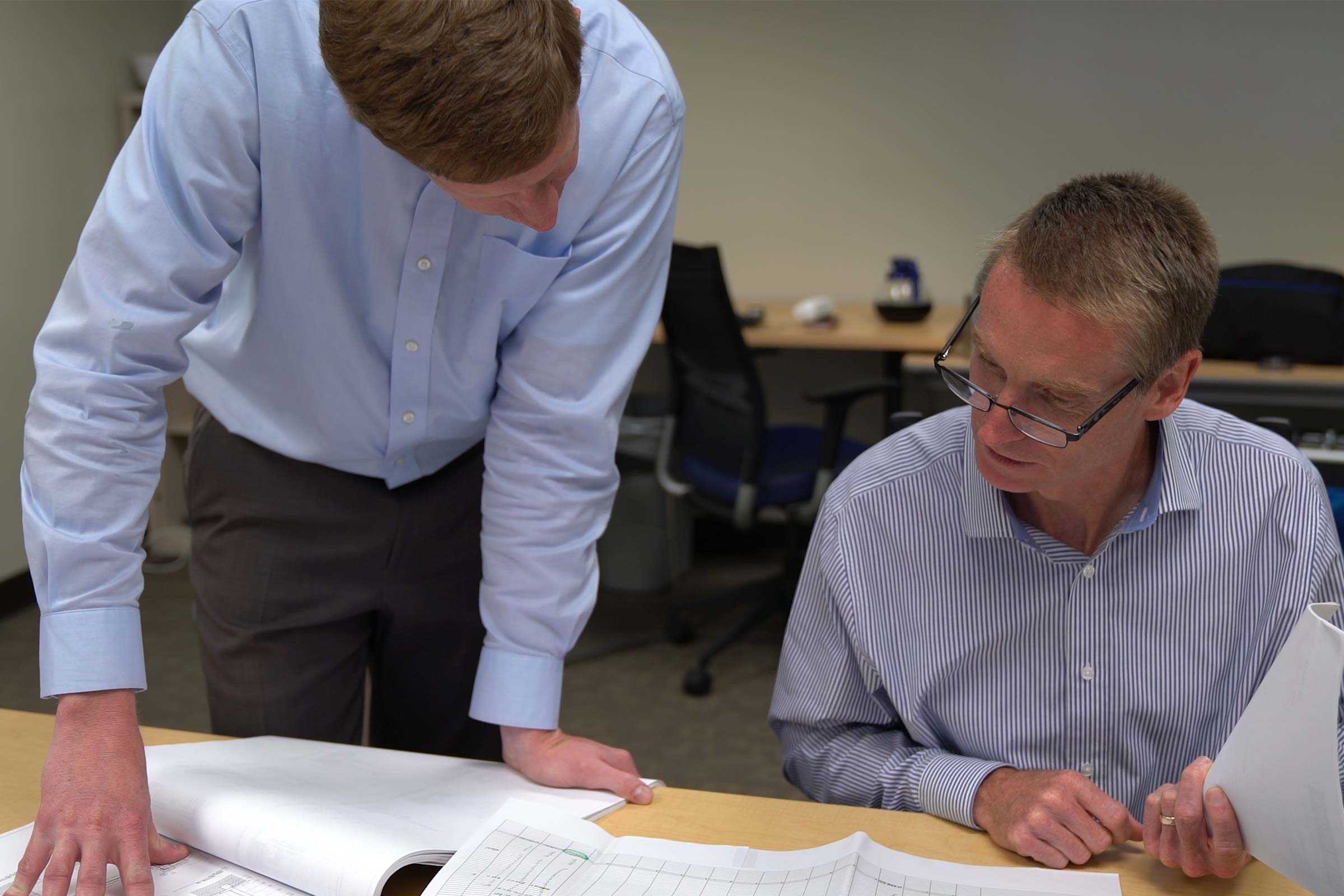
We’ve all heard, “there’s no such thing as a sure thing.” While that’s true, in our industry there are proactive steps you can take to mitigate your risk on a project and protect your investment. We talk a lot about preconstruction because we believe it’s one of the best opportunities during a project to reduce risk, increase value, and create consistency in the budget and schedule. Some might think preconstruction is the same as estimating, but it’s so much more than that. I’d like to make a case that good, properly-done preconstruction can create certainty and improve a project’s outcome. Here’s 5 examples of how:
1. Drawings Delivered On-time
How often have you expected drawings to be complete in four months and it actually takes longer than that? I don’t blame the architect, I blame the practice of working in silos. For too long our industry operated around the “hand-off”. An owner hands off the project assignment to the architect, the architect hands off the drawings to the contractor, and the contractor hands off the schedule to the trade partners. The problem with that model is each person involved has information and experience that can drastically help improve the other’s work. Collaboration is key, and the most critical time to work together is during preconstruction. We suggest hiring your design team and contractor at the same time and encouraging them to work together to create the drawings — that’s step one towards effective preconstruction.
2. Complete Drawings
An experienced contractor can help guide the design process and ensure the drawings are being completed on time and in the right order to keep construction on schedule. They can also continuously review the design to make sure it can be properly constructed in the field, as opposed to starting construction only to realize there’s an issue which leads to expensive rework and a lot of wasted time.
3. Eliminate Waste
Waste is the single biggest issue our industry faces. Studies show more than nearly 50 percent of construction time in the field is wasted on unproductive work or activities. How do you eliminate that kind of waste? You create a detailed plan early. If a contractor and architect work together during the design phase and produce a complete set of drawings, on time — the contractor can then meet with key trade partners early to start planning the work. The risk of waste has already been reduced by ensuring there’s a minimal number of gaps in the drawings that will have to be corrected in the field. Now, the project team can focus on planning construction with the people who will be performing the work.
4. Budget Assurance
You expect your contractor to deliver a project on budget from the groundbreaking through to completion, so why not hold them accountable for protecting your budget during the design phase? If they’re in the room during the early design phase, an experienced contractor can constantly review all the materials selected and accurately price them as they’re being included in the drawing. That way, if something is more expensive than the budget allows, they can work with you and your architect to find a comparable but cost-effective replacement. We’ve often identified design features that are unnecessary and add cost. Our preconstruction teams mark these and work with our design partners to offer solutions that maintain the structure’s integrity and overall performance while protecting our client’s budget.
5. Less Headaches
Have you ever had a nightmare project? When a project isn’t properly designed and planned during preconstruction, the burden is often put on the client to make decisions to cut costs or push deadlines. Once you’ve established a budget, you should be able to trust your design team and contractor will deliver. Our goal on every project is to drive more certainty in the construction process for our client. We hate having to go back to our owner again and again with problems, so instead we work to identify potential problems early and find solutions to prevent them before construction begins.
If you want to reduce risk and improve your project’s outcome, consider hiring your next contractor based on their preconstruction abilities. If you hire a contractor with a proven record of leading the design phase towards a reliable budget and schedule, you’ll see the benefits we discussed above — creating certainty for your project and improving your experience in the process.

